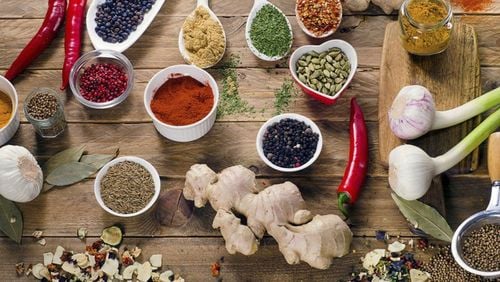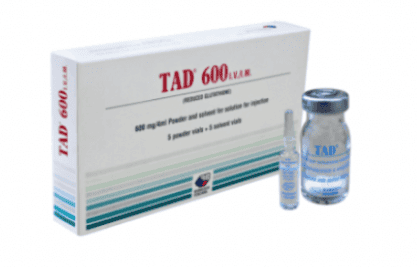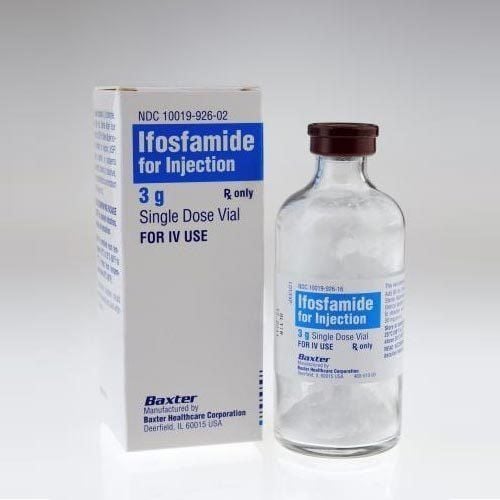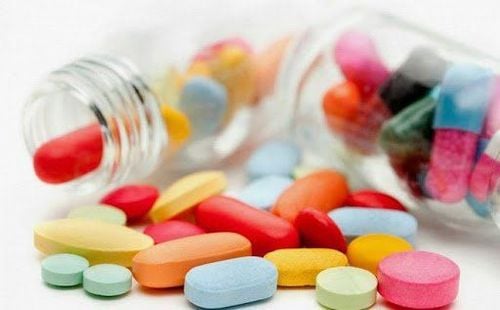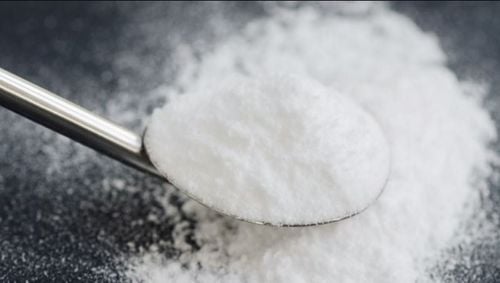This is an automatically translated article.
Vegetables can be found in many places such as in forests, ditches, cliffs, ... well adapted to tropical environments, so they can be found in any tropical country. Crab vegetables can be made into many different dishes, so they are very popular. However, few people pay attention to the nutritional value and effects of crabs on health.
1.What is the crab claw vegetable?
The scientific name of Crab crab is Peperomia Pellucida. Botanically, the plant belongs to the family Piperaceae (pepper) which includes about 5 genera and 1,400 species. The genus Peperomia represents almost half of the family Piperaceae. P . Pellucida. The vegetable can grow to a height of about 15cm to 45cm, the leaves are glossy light green, succulent, heart-shaped. This species grows in the rainy season (usually spring) and thrives in loose, moist soil under the shade of trees.Crab leaves is a food but is commonly known as an herb with medicinal uses. Ethnographic data in Bolivia from the Altenos Indians record the whole plant being crushed, then mixed with water and heated. This mixture works to stop bleeding. Some other similar documents also say that the decoction of the roots is used to treat colds and fevers and the remaining parts are applied topically to treat abdominal pain, abscesses, acne, boils, abdominal pain, fatigue, gout, headaches, kidney disorders and rheumatic pain and even for the treatment of breast cancer.
Medicinal properties may vary in different geographical areas. In northeastern Brazil, the plant is used to lower cholesterol. In Guyana the vegetable has been used as a diuretic and to treat proteinuria. In the Amazon, the vegetable is used as a cough suppressant, diuretic, emollient, and to treat arrhythmias. According to oriental medicine, the plant has a bitter taste and is used to clear heat and detoxify, leprosy, activate blood, dissolve blood stasis, often used to treat respiratory infections, appendicitis, and some digestive tract diseases. chemical.
A chemical study, mainly studying the essential oils of the plant, identified 71 compounds from the essential oils of 10 types of Piperaceae. In spinach, Carotol (13.41%) is the main hydroxylated sesquiterpene. Several other active substances, such as arylpropanoids with antifungal activity and peperomin with cytotoxic or antitumor activity in vitro. The nutritional composition we will be absorbed when eating vegetables is 24 calories, water (92%), vitamins and minerals (8%). Eating Crab leaves can cause asthma-like symptoms in patients with a hypersensitivity reaction to the plant because of its mustard-like odor.

Một số trường hợp khi ăn rau càng cua sẽ có biểu hiện khó thở như bệnh hen suyễn
2.What is the effect of crab claw vegetables?
Some of the outstanding effects of Crab vegetables include:
Refreshing effect: because most of the ingredients of the vegetables are water and the vegetables are average, this vegetable is a great choice to cool off. Analgesic/Anti-Inflammatory Effects: One study reported that the anti-inflammatory activity of celery can vary depending on the different growth stages of the plant. Greater anti-inflammatory effects have been observed with the plant in the vegetative and flowering stage or during winter and spring. Tests in rats have shown the pain-relieving ability of Crab leaves by the stomach cramps test using acetic acid or by the hot plate test. The ability to inhibit pain from 50% to 78%. The difference may be due to different extracts, climatic conditions and plant origin. Therefore, eating spinach is often used in the treatment of fever, cough, cold, headache and arthritis. Antibacterial effect: Crude methanolic extract contained in Crab leaves has broad-spectrum antibacterial activity. The whole plant extract inhibited the growth of chloroquine-resistant Plasmodium falciparum Indo by 95% in vitro at 100 mg/mL and Plasmodium vinckei petteri malaria by 78% in vivo at 1,000 mg/kg. The monoterpenoid derivatives from the plant species Peperomia galioides were toxic to the promastigotes of Leishmania braziliensis, Leishmania donovani and Leishmania amazonensis at 25 mcg/mL and induced total parasite lysis at 100 mcg/mL. . Anti-cancer effects: Extracts of substances in Crab leaves have inhibitory effects against the growth of some cancer cells. This suggests that Crab leaves could be a potential food supplement for cancer treatment. Antioxidant effect: In a study conducted on extracts of Crab leaves, it was shown that the plant has strong scavenging activity against free radicals indicating that pansit-pansitan is an antioxidant. good natural chemistry. Effect on lowering blood uric acid: A study done on rats showed a 44% reduction in blood uric acid levels while rats given allopurinol showed a 66% decrease in uric acid levels. These results suggest that Crab leaves may contain compounds that can be used as an alternative to allopurinol to control uric acid levels in the blood. Depressive activity: In a rat study in Bangladesh, after rats were euphoric with nikethamide and injected with Crab's claw extract, the extract had depressant activity. However, it is dose dependent and can therefore be used to treat excessive euphoria. Nutrients: Minerals found in vegetables such as potassium and magnesium are good for the heart and blood pressure. Eating Crab leaves has no reported side effects for most people. However, there are no studies to demonstrate the safety of use in pregnant or lactating women or infants. Therefore, you should be careful before using crab claws for any purpose.
Regularly visit the website of Vinmec International General Hospital for more information on nutrition and health for each age group.
Please dial HOTLINE for more information or register for an appointment HERE. Download MyVinmec app to make appointments faster and to manage your bookings easily.
Reference source: iproperty.com.my - medicalhealthguide.com - drugs.com



